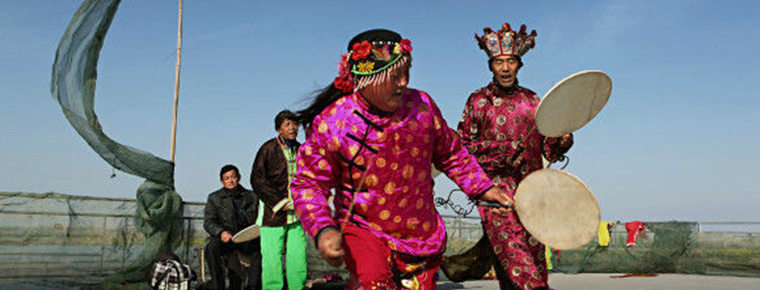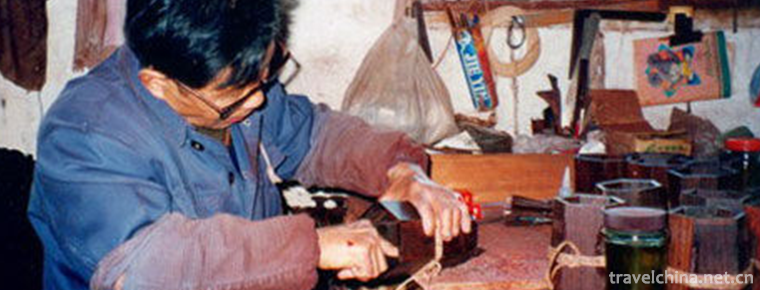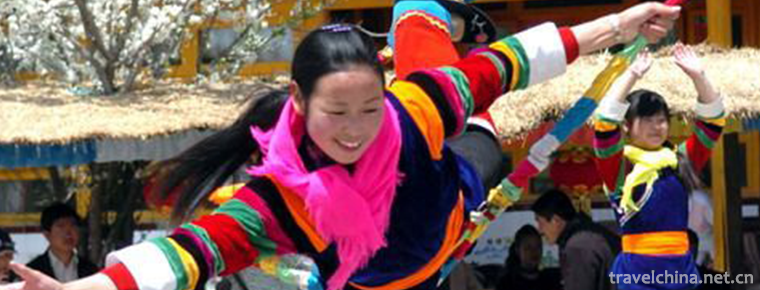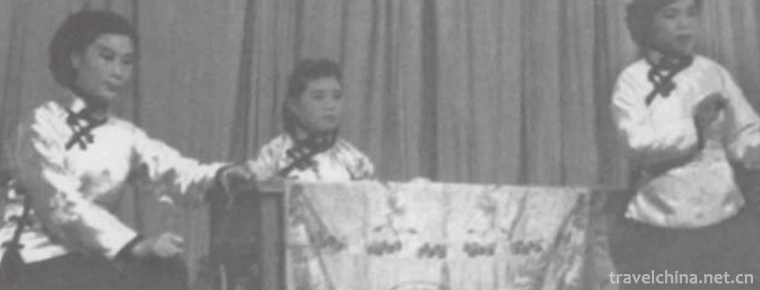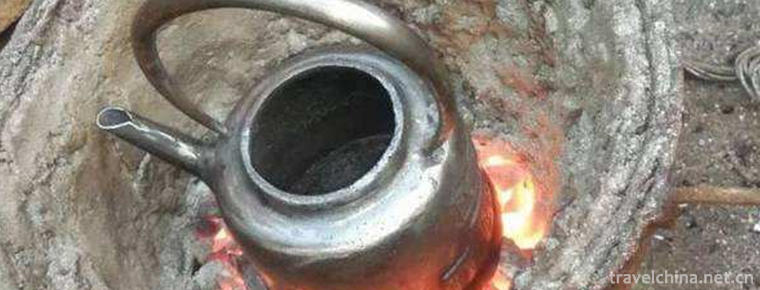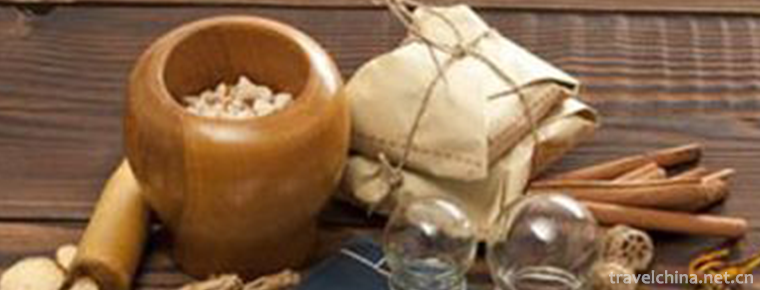Xingshan Folk Song
Xingshan Folk Song
Xingshan folk song is called "Xingshan folk song" because of its unique "Xingshan three-degree interval".
On May 20, 2006, Xingshan Folk Song was approved by the State Council to be included in the first batch of national intangible cultural heritage list.
historical origin
Through scientific research, Xingshan folk songs have a clear history of more than 800 years. It can be inferred that the rhythm of this song has been spreading for more than 900 years. Liu Yuxi's "Children's Union Song in Jianping Listening" says, "Listen to its sound, the feather of Zhonghuang Bell" can trace its history back to the Middle Tang Dynasty. Consistent with the structure of Zeng Houyi's third law of bell chimes, its historical origin can be traced back to more than 2400 years ago. In particular, the three sound structure of Shang and Zhou bronze "pig chimes" unearthed in 1992 is almost the same as that of Xingshan's three degree three tune folk songs, which also provides strong evidence for its long history.
artistic characteristics
Xingshan ancient song has a peculiar tone, no classics, no pitch, no mode, and no easy singing. In fact, it contains an interval between big and small three degrees in the scale structure, which is named "Xingshan third degree interval". This unique scale proves that there exists an oral culture in Jingchu music culture consistent with the rules found in the archaeological discovery of musical instruments.
The singularity of Xingshan folk song lies not only in its tone's auditory effect, but also in its unique aesthetic sentiment. Xingshan folk songs always give the feeling of "foreigners" is "sadness", which makes people feel that it is "the tone of crying for the dead".
From Emperor Wudi's Liyuefu in Han Dynasty to Taizong's elegant music in Tang Dynasty, there are records of "sadness" and "sadness" in Chu Yin. All descriptions of the tones of bamboo branch songs are singing "sadness and despair" in a thousand voices without exception. Today, people also think that Xingshan folk song "Sound and Sorrow". In fact, this kind of understanding is quite different from the Chu people's feeling - - the Chu people take this sound as their pleasure! It's just that people in different regions have different aesthetic psychology. The so-called "anti-sadness" is "happiness", which is the aesthetic characteristics of Jingchu ancient songs.
Xingshan folk song reveals the original appearance of Jingchu ancient song, provides irrefutable evidence that Chinese traditional music has not been lost, and proves the tenacious vitality and stable heredity of Chinese traditional music.
Representative Works
There are "Zhengdong", "Zhengxi", "Xue Gang's Anti-Tang", "Shishou", "Shixiang", "Wugeng" and so on.
Inheritance Significance
The main value of Xingshan folk song lies in: Xingshan ancient song has been passed down in a lost voice, which proves the tenacious vitality of our traditional music; proves that our country has unique local music; reveals the appearance of Jingchu ancient song; and the unique principle of music rhythm will enrich our country's music theory and fill in the blank of world music theory. It proves that in the practice of Chinese folk art, there exists a law principle consistent with the unearthed musical instruments; reveals that the interval of about 350 notes is a long-standing and objective conventional interval in Chinese national music; witnesses the persistence and scientificity of the folk singing method of "chicken song"; as a cultural link, it helps me. The identification of multi-ethnic cultures in the south of China will promote cultural exchanges and strengthen national unity.
Xingshan Folk Song is a precious relic of Bachu Ancient Song. It overthrows the "Chinese Music for the West", which proves that Chinese Ancient Music is not lost, and that China also has its own academic controversy about local music. Its unique principles of music rhythm have a very high learning for studying the history of ancient music and the inheritance and variation of Chinese traditional folk songs. Surgical value.
Like all living fossils, this ancient art is in danger of extinction. First, because it is not known, people do not know the pitch, mode, notation, it is difficult to learn to sing. Moreover, with the development of production, weed has been replaced by modern weeding technology in the countryside. The reason why Xingshan folk songs can be spread in Xingshan is that they rely on grass gongs and drums as carriers. Once the grass gongs and drums die out completely, Xingshan folk songs will be absolutely resounding.
Xingshan folk song mainly exists in the two carriers of Xingshan grass Gong and drum and Xingshan funeral drum, especially the grass Gong and drum is the most typical. However, with the development of the times, the grass Gong and drum in Xingshan have almost disappeared in the production of labor. 90% of the folk artists who have not died of grass Gong and drum are over 70 years old. Their inheritance and protection situation is worrying. If not rescued and protected, this unique song will be in danger of losing its heritage.
Current situation of inheritance
Xingshan folk song has been handed down for thousands of years. It is difficult to sing because of its indistinguishability of tone, intonation and notation. For thousands of years, it has been handed down by word of mouth. Although this song has been protected by non-relics, it is in danger of extinction.
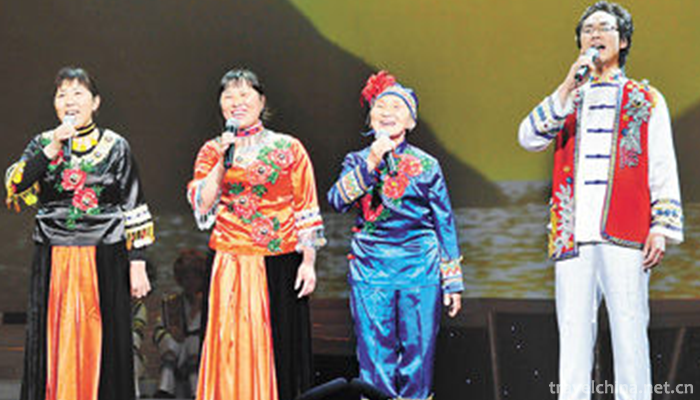
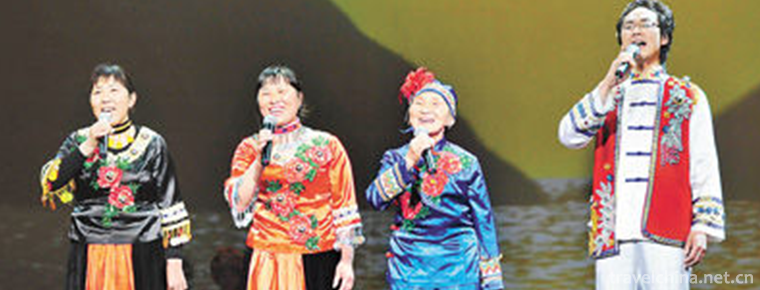
Xingshan Folk Song
-
Nangong Scenic Spot
Located in Wangzou Town, Fengtai District, southwestern suburb of Beijing, Nangong Village, the village where the scenic spot is located, enjoys the reputation of "China's first geothermal villag
Views: 185 Time 2018-12-27 -
Little Three Gorges
Wushan Xiaoxiao Three Gorges is the general name of Changtan Gorge, Qinwang Gorge and Sanzhuang Gorge on Madu River, a tributary of Dicuixia of Daning River. Wushan Xiaoxiao Three Gorges is known as t
Views: 204 Time 2019-02-25 -
Museum of Xinjiang Uygur Autonomous Region
The Museum of Xinjiang Uygur Autonomous Region, located at No. 132 Northwest Road, Urumqi City, is a provincial comprehensive geographic museum.
Views: 251 Time 2019-02-25 -
Fishing Drum of Hongze Lake
The fishing drum of Hongze Lake, also known as Duan Encouragement, is a form of dance in which the singing and dancing were combined in a specific area when the old Shenhan burned paper for fishermen
Views: 234 Time 2019-05-03 -
Li Nationalitys Wood Drilling and Fire making Techniques
Li people's wood-drilling and fire-making skills, Hainan Province's local traditional handicraft, one of the national intangible cultural heritage.
Views: 209 Time 2019-05-13 -
Production Techniques of National Musical Instruments
The production of national musical instruments in Suzhou is one of the local traditional handicraft techniques in Jiangsu Province. With a long history, a wide range of varieties, exquisite skills and
Views: 463 Time 2019-06-05 -
Turkish Wheel Autumn
There is a beautiful and magical legend about the origin of Tu's wheel autumn. Legend has it that in order to find a way out of life, the ancestors of the Tu nationality ploughed their fields successi
Views: 221 Time 2019-06-23 -
Wulin Diao
Wulin Diao evolved from the folk propaganda of Baojuan and formed in the late Qing Dynasty. The performance form of Wulin tune is mainly sitting and singing, which combines narrative and singing. One
Views: 399 Time 2019-06-30 -
Smelting and Casting Techniques of Pig Iron in Yangcheng
Yangcheng pig iron casting technology was invented in the 6th century BC. Yangcheng pig iron smelting and casting technology in the smelting and casting process first crushed the ore, then roasted at
Views: 116 Time 2019-07-10 -
Processing Technology of Traditional Chinese Medicine
Processing technology of traditional Chinese medicine, one of the means of preparation or extraction of traditional Chinese medicine, is declared by the Chinese Academy of Traditional Chinese Medicine
Views: 232 Time 2019-08-03 -
Honorary title of Mianyang
National system to promote comprehensive innovation reform pilot area
Views: 342 Time 2020-12-14 -
Suining Education
By the end of 2019, Suining had 911 schools of all levels and types, with 440000 students and 32000 full-time teachers. Among them, 196 primary schools enrolled 30600 students and 180600 students; 130 junior high schools, 28300 students and 78400 students
Views: 371 Time 2020-12-16



